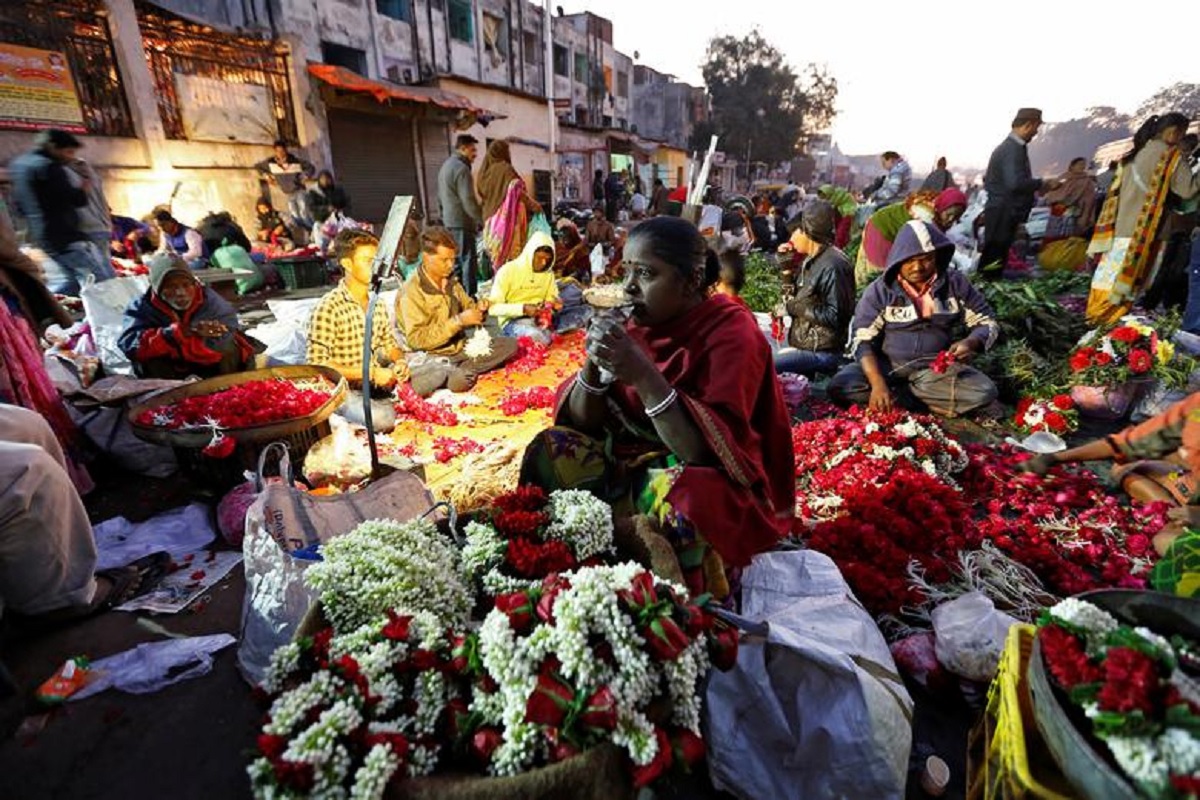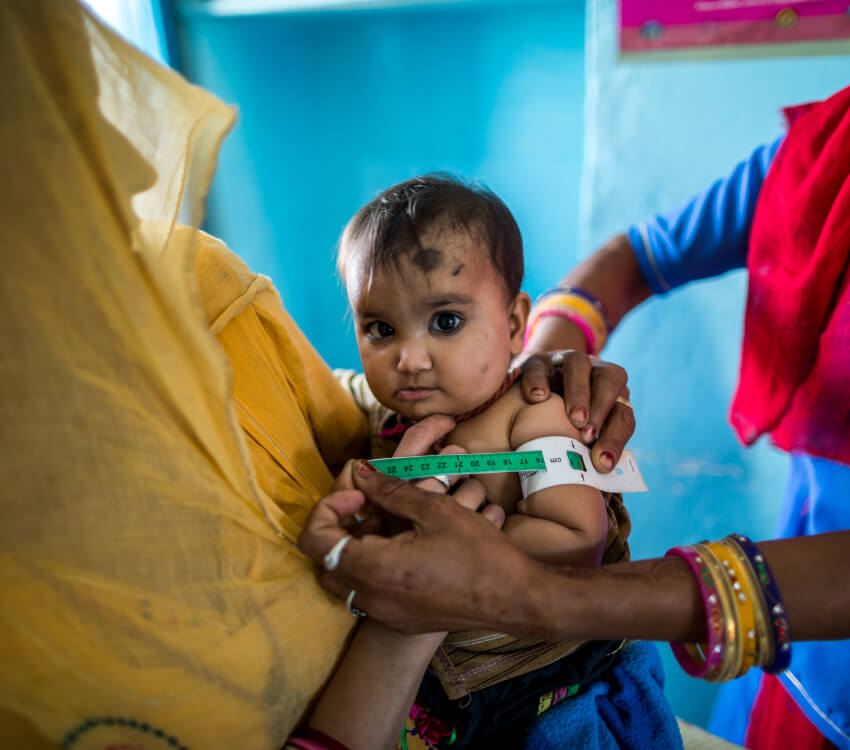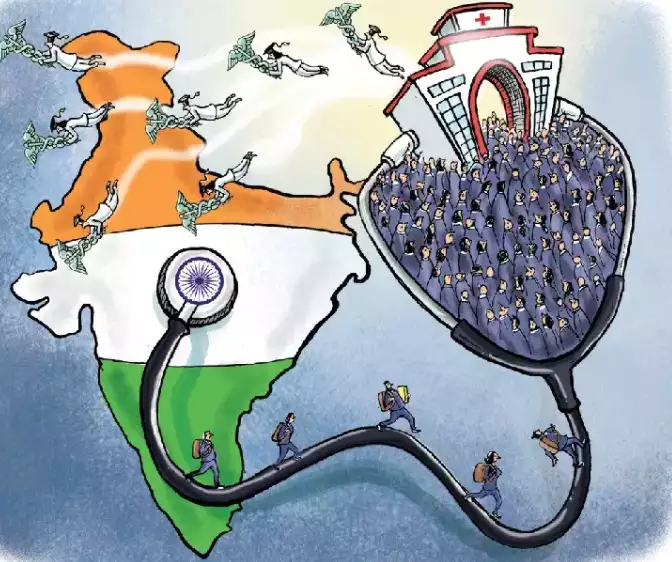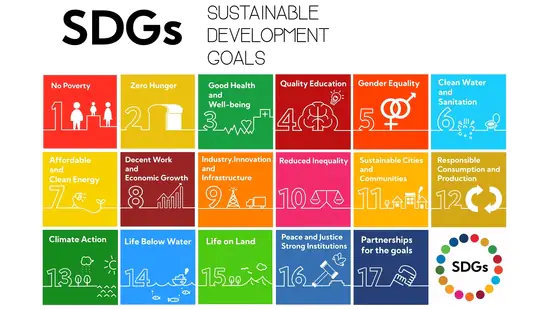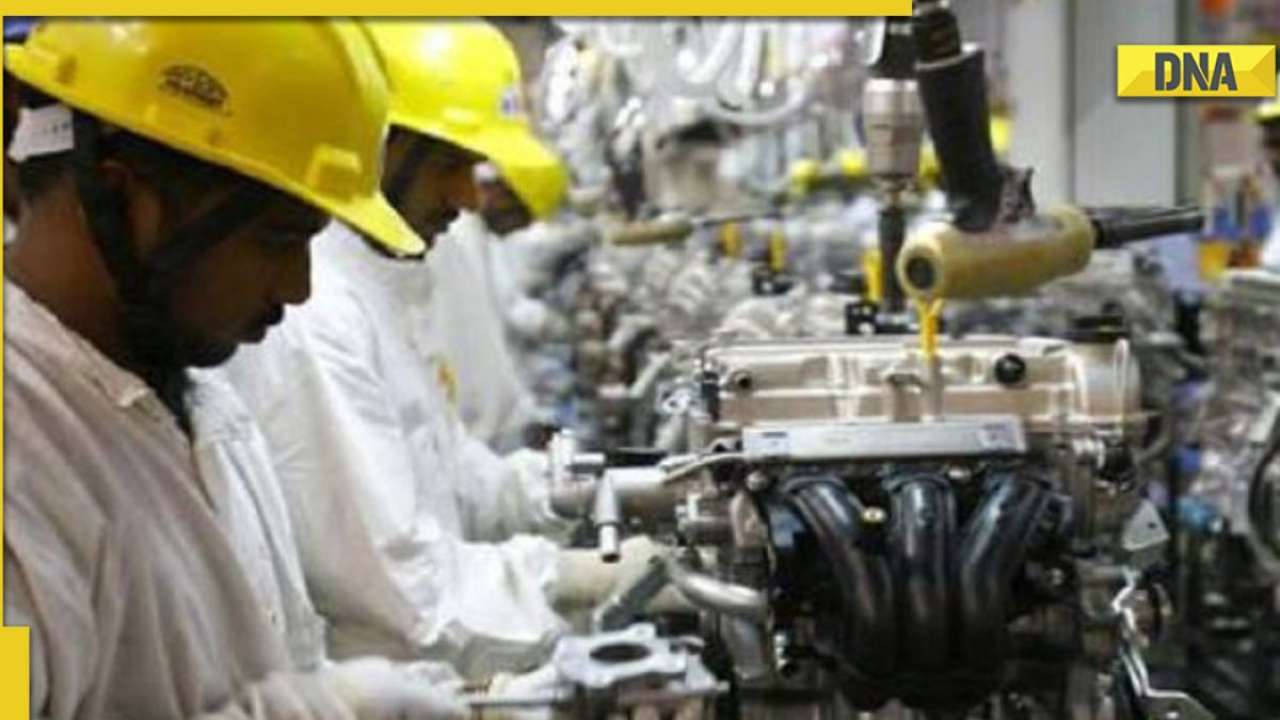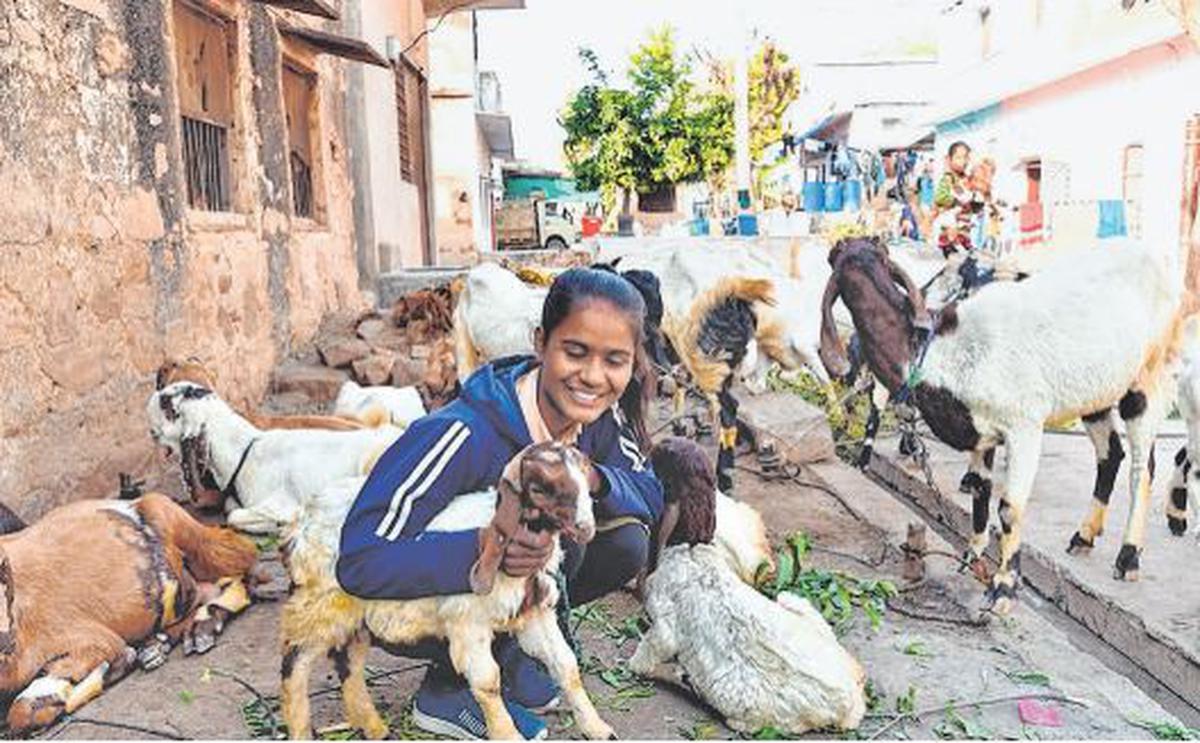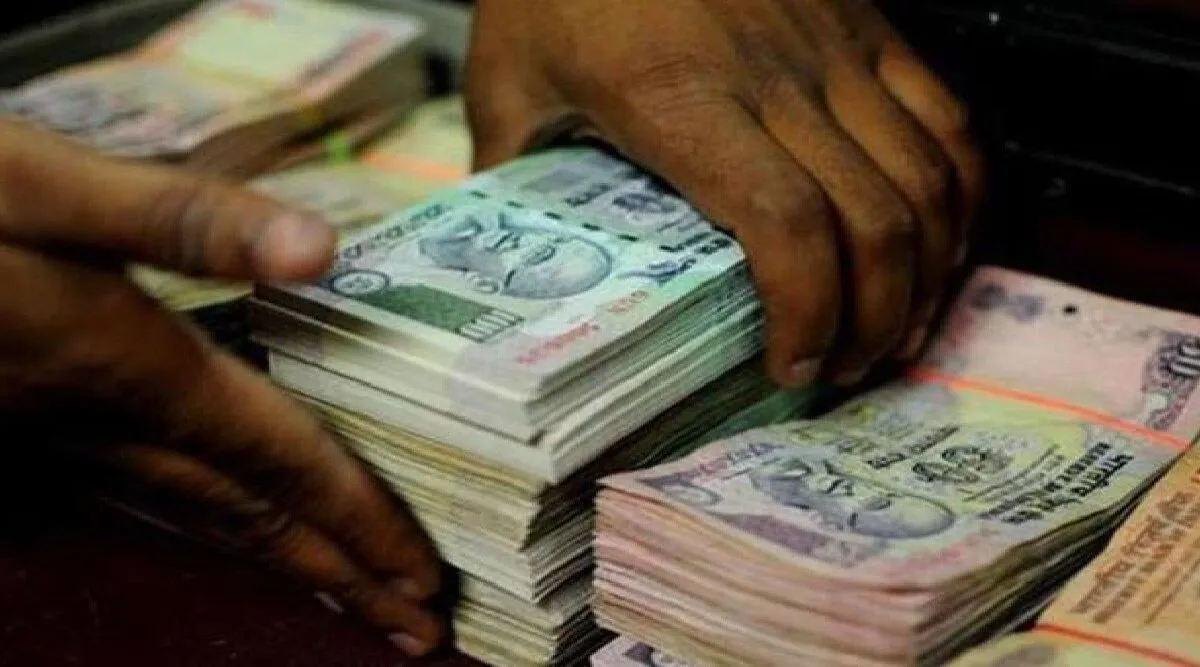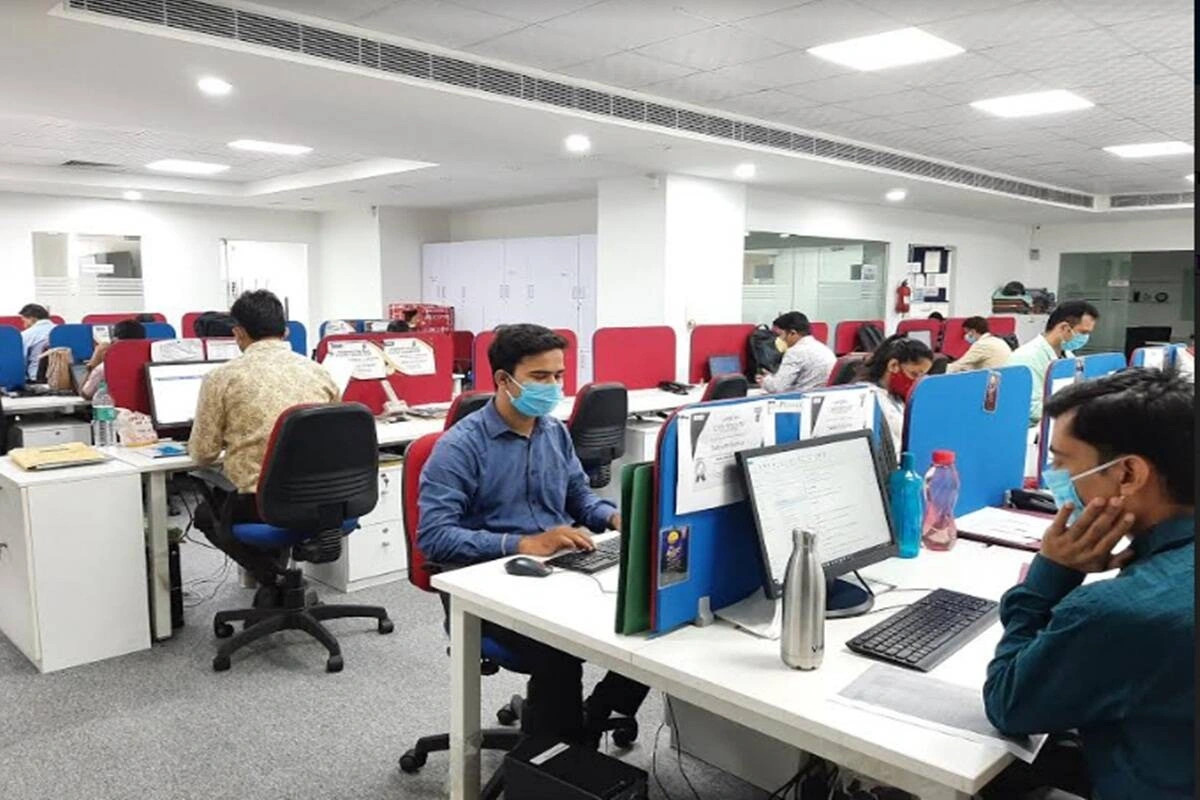The festive season in India is once again, inching nearer, posing as an opportunity for the country to hope for an economic revival. With the COVID-19 caseload across states and regions on a sharp decline and record vaccination numbers reposing faith in state capacity, the markets are expected to flourish with consumers again and bring new hope for economic glory. It is then that we must turn to over 40 crore of India’s informal workers facing economic peril post-pandemic. Of these, over 1.5 crore are unprotected makeshift workers of the street – from street hawkers, vendors and servicemen – including a substantial number of women and children ravaged by the pandemic-induced restrictions on their lives and livelihoods. We must contemplate if solutions for their re-integration in the fast-paced urbanising India shall emerge from the mercy of the state, or whether they shall come from innovation and adaptation, formalising the industry from within.
The post-pandemic plight of street vendors has pushed state governments to introduce stimulus packages, often relief in the form of credit loans. However, there remains a need to rope in direct transfer schemes to ensure that the vendor is equipped with an incentive to return to the urban economy, restarting and rebuilding from scratch.




